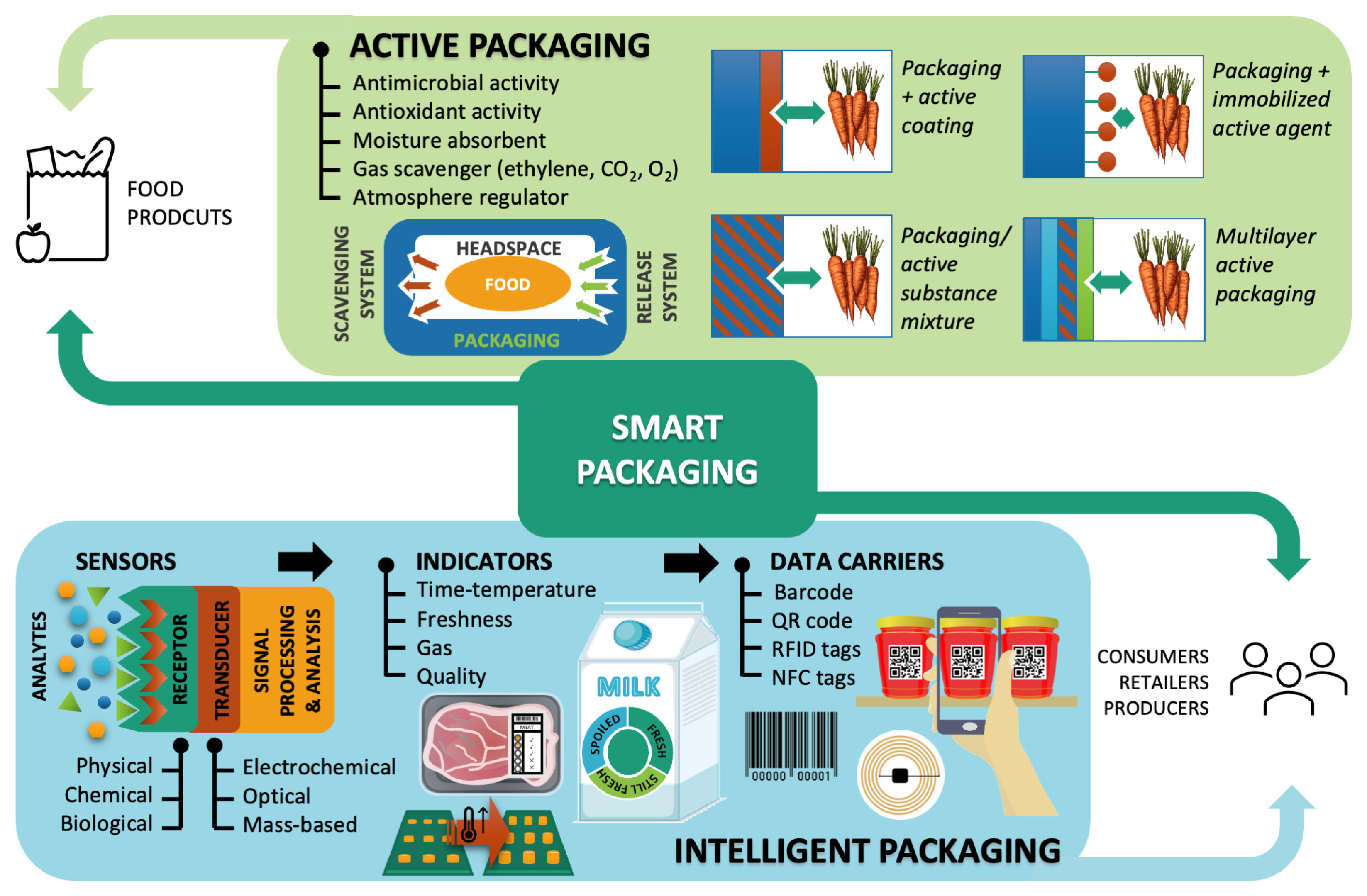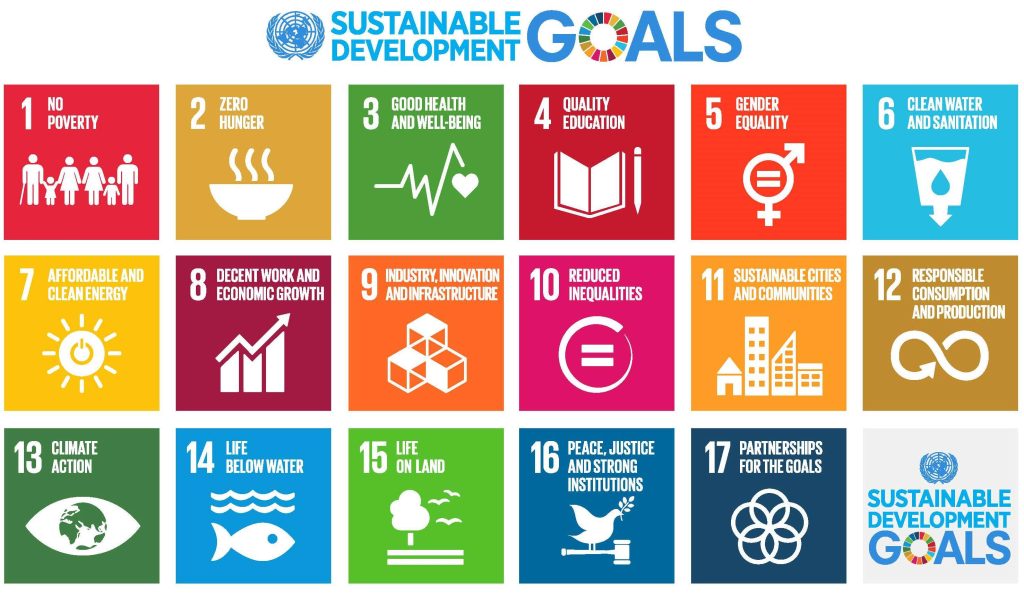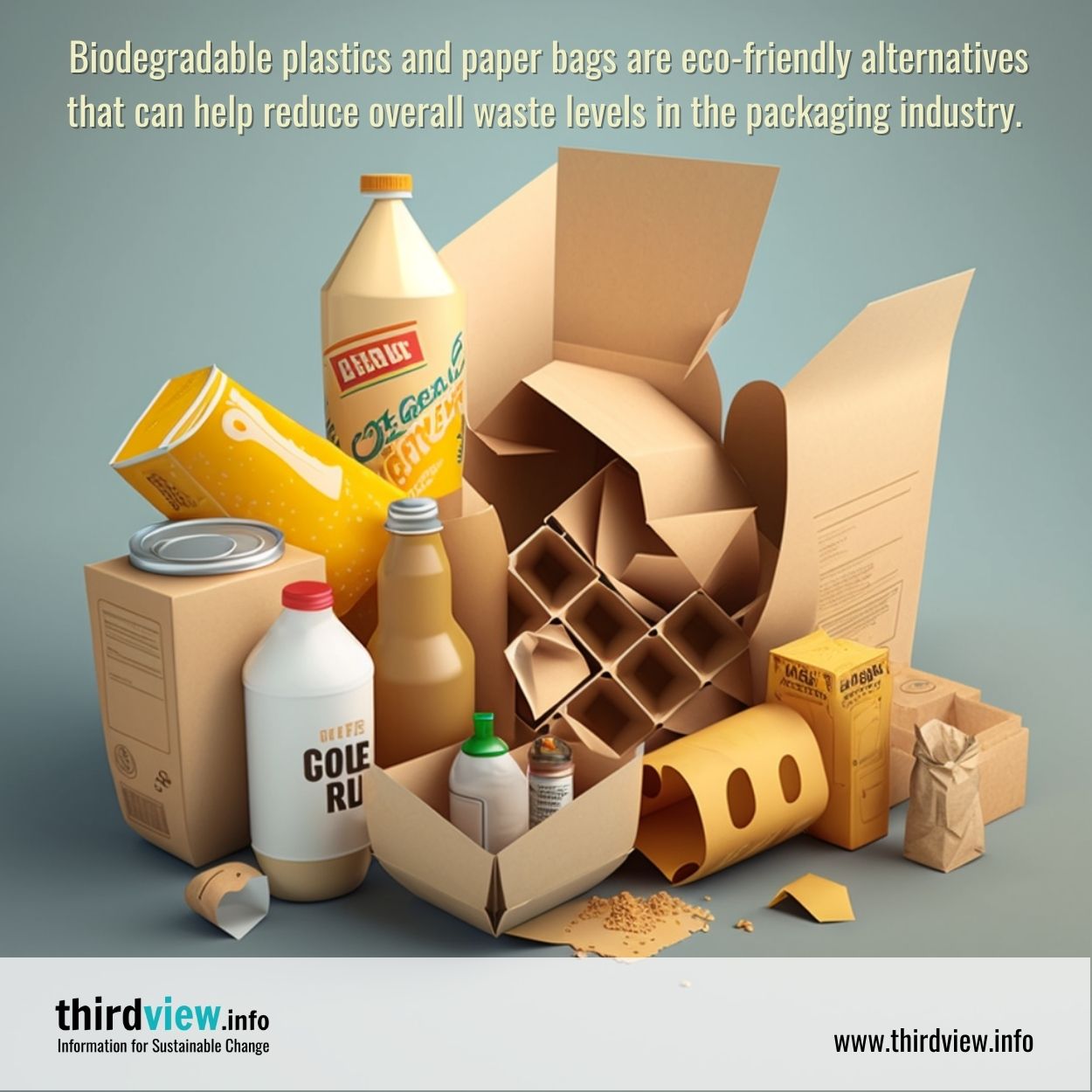Revolutionary bio-packaging innovations are creating sustainable livelihoods while solving the global plastic crisis—and forward-thinking leaders are driving this transformation

In the boardrooms of Fortune 500 companies and the strategic planning sessions of impact investors, a quiet revolution is unfolding. Bio-packaging—biodegradable, compostable, and plant-based packaging solutions—isn’t just replacing plastic; it’s creating economic opportunities that address poverty elevation, food shortages, and climate change simultaneously. For sustainability-conscious executives, philanthropists, and business leaders who understand that environmental solutions must also be economic solutions, bio-packaging represents the convergence of profit, purpose, and planetary healing.
This isn’t just about replacing one material with another. It’s about creating sustainable products and green products that build resilient supply chains, support vulnerable communities, and provide measurable returns on investment. From cassava farmers in Indonesia earning 40% above market rates to community-based packaging cooperatives in war ravaged regions, bio-packaging is proving that sustainability can be both profitable and transformational.
The Bio-Packaging Revolution: More Than Environmental Protection
The Economic Case for Bio-Packaging Innovation

The global packaging market, valued at $1.2 trillion annually, stands at a critical inflection point. Traditional plastic packaging creates $139 billion in annual environmental costs while contributing to ocean pollution, climate change, and health impacts that disproportionately affect vulnerable populations. But the transition to bio-packaging isn’t just about avoiding negative externalities—it’s about capturing extraordinary positive returns.
Consider the success of Greenhope, an Indonesian bio-packaging company that has transformed over 45,000 tons of conventional plastic into biodegradable materials while purchasing cassava from local farmers at rates 40% higher than market price. Their model demonstrates how sustainable products can create multiple value streams: environmental protection, community development, and strong financial returns for investors.
The company’s impact extends far beyond material substitution. By partnering with 3,000 cassava farmers across Indonesia, Greenhope has created a stable income source that reduces rural poverty elevation while building climate-resilient agricultural systems. Each ton of bio-packaging produced generates 2.3 rural jobs and reduces greenhouse gas emissions by 60% compared to conventional plastic.
The Community Development Multiplier
Bio-packaging initiatives are proving particularly effective at addressing systemic challenges in underserved communities. In regions affected by conflict or economic instability, bio-packaging production provides immediate employment opportunities while building long-term industrial capacity.
The BioPak Give Back Fund exemplifies how bio-packaging companies can create systematic community impact. Since 2012, the company has donated $5.3 million to environmental and social causes, planted 204,390 trees, and provided 560,465 meals to food-insecure communities. Their model demonstrates how sustainable products companies can build community impact directly into their business operations.
Innovation Frontiers: Technology Meets Community Development
Seaweed-Based Solutions: Ocean to Market

One of the most promising bio-packaging innovations comes from marine biomass. Seaweed-based packaging, pioneered by companies like Notpla, has attracted over $25 million in funding and is scaling rapidly across global markets. This technology addresses multiple challenges simultaneously: ocean health, plastic pollution, and coastal community economic development.
Seaweed cultivation for bio-packaging creates economic opportunities for coastal communities while providing natural ocean remediation services. Each hectare of seaweed farming can absorb 20 tons of CO2 annually while generating $15,000-25,000 in annual revenue for fishing communities transitioning to sustainable aquaculture.
The technology is particularly relevant for island nations and coastal regions where traditional economic opportunities are limited by climate change impacts. Seaweed-based bio-packaging provides a climate-resilient alternative that grows more valuable as environmental pressures increase.
Agricultural Waste Valorization

Perhaps the most scalable bio-packaging innovations utilize agricultural waste streams that would otherwise contribute to environmental problems. Rice husks, wheat straw, and sugarcane bagasse—traditionally burned or discarded—are being transformed into high-quality packaging materials that compete directly with conventional plastics.
This approach creates value for farming communities while solving waste management challenges. In India, rice husk-based packaging initiatives have created employment for 12,000 rural workers while reducing agricultural burning that contributes to air pollution and climate change.
The economic model is compelling: agricultural waste that previously cost farmers money to dispose of now generates $200-400 per ton in additional income. For investors, agricultural waste-based bio-packaging offers predictable, scalable feedstock supplies with built-in sustainability advantages.
Addressing Global Challenges Through Local Solutions
Food Security and Bio-Packaging

Food shortages affect 735 million people globally, with packaging playing a critical role in food preservation and distribution. Bio-packaging innovations are creating solutions that extend food shelf life while being produced by the communities most affected by food insecurity.
In sub-Saharan Africa, cassava-based bio-packaging projects are simultaneously addressing food preservation needs and creating alternative income streams for subsistence farmers. The cassava used for packaging production represents surplus or substandard crops that wouldn’t enter food markets, creating additional revenue without competing with food security needs.
These initiatives demonstrate how sustainable products can address multiple UN Sustainable Development Goals simultaneously. Each bio-packaging facility creates 50-100 direct jobs while supporting 300-500 farming families through raw material purchases.
Post-Conflict Recovery and Bio-Packaging
In war ravaged regions, bio-packaging production offers unique advantages for economic reconstruction. The technology is relatively simple to implement, requires minimal infrastructure, and can utilize locally available materials. More importantly, bio-packaging cooperatives create shared economic interests that support peace-building efforts.
In Colombia, former conflict zones have established bio-packaging cooperatives that employ ex-combatants alongside community members, creating economic alternatives to illicit activities while building social cohesion. These initiatives have reduced regional violence by 30% while generating $2.5 million in annual community income.
The Investment Thesis: Returns and Impact
Financial Performance and Market Growth

The bio-packaging market is experiencing explosive growth, with compound annual growth rates of 15-20% across most segments. This growth is driven by regulatory pressure, consumer demand, and cost improvements that make bio-packaging competitive with traditional materials.
Early-stage bio-packaging companies are attracting significant investment attention. Pack2Zero recently raised $5.7 million to scale sustainable packaging innovations, while Pulpex completed a £62 million Series D round to expand their sustainable packaging technology. These funding rounds demonstrate investor confidence in both the market opportunity and the social impact potential.
The financial returns are compelling: bio-packaging companies consistently show higher customer retention rates, premium pricing power, and stronger ESG performance metrics compared to traditional packaging companies. For impact investors, bio-packaging offers the rare combination of strong financial returns and measurable social/environmental impact.
Risk-Adjusted Returns and Diversification
Bio-packaging investments provide natural hedges against several systemic risks:
Regulatory Risk: Increasing plastic bans and environmental regulations create growing demand for bio-packaging solutions.
Supply Chain Risk: Local and regional bio-packaging production reduces dependence on global supply chains while supporting community resilience.
Climate Risk: Bio-packaging production often sequesters carbon and provides climate adaptation benefits for producer communities.
Social Risk: Community-owned bio-packaging initiatives create stakeholder alignment that reduces operational and reputational risks.
Corporate Leadership and Strategic Partnerships
Supply Chain Integration and Brand Differentiation

Leading corporations are recognizing bio-packaging as a strategic imperative that extends far beyond environmental compliance. Companies like Unilever, Nestlé, and Coca-Cola are integrating bio-packaging into their core business strategies while supporting community development initiatives.
These partnerships create value for all stakeholders:
Brand Value: Bio-packaging provides authentic sustainability stories that resonate with environmentally conscious consumers.
Risk Mitigation: Diversified, community-based supply chains reduce dependence on volatile commodity markets.
Innovation Pipeline: Community partnerships provide insights into local needs and opportunities for green products development.
Stakeholder Engagement: Direct community investment creates positive relationships with local governments, NGOs, and community leaders.
Executive Engagement and Leadership Development
Bio-packaging initiatives offer unique opportunities for executive development and stakeholder engagement. Corporate leaders increasingly participate in bio-packaging facility visits, community partnership development, and strategic planning sessions with local cooperatives.
These engagements provide executives with firsthand experience of sustainable business models while building relationships with innovation leaders in emerging markets. Many executives report that bio-packaging partnerships fundamentally changed their understanding of sustainable business potential.
Technology Innovation and Scalability
Advanced Materials and Processing Technologies

The bio-packaging sector is experiencing rapid technological advancement that improves performance while reducing costs. New processing technologies enable bio-packaging production in smaller facilities, making community-based production economically viable.
Recent innovations include:
Enzymatic Processing: Reduces energy requirements by 40% while improving material properties.
Nano-Enhancement: Improves barrier properties and extends shelf life without sacrificing biodegradability.
Modular Production: Enables distributed manufacturing that supports local economic development.
Smart Packaging: Integrates sensors and indicators that reduce food waste while maintaining compostability.
Digital Integration and Supply Chain Transparency
Bio-packaging initiatives are leveraging digital technologies to create transparent, traceable supply chains that provide real-time impact reporting. Blockchain-based tracking systems enable consumers and investors to verify the social and environmental impact of their purchasing decisions.
These digital systems create additional value streams through carbon credit generation, biodiversity impact certification, and community development verification. For investors, digital integration provides the transparency and accountability necessary for impact measurement and reporting.
Scaling Impact: From Local Success to Global Transformation
Replication Models and Best Practices

Successful bio-packaging initiatives are developing replication frameworks that enable rapid scaling across regions and markets. These frameworks address the key success factors: community engagement, technical training, market access, and financial sustainability.
The most successful models focus on:
Community Ownership: Ensuring local stakeholders have equity and decision-making authority.
Technical Support: Providing ongoing training and quality assurance to maintain product standards.
Market Linkages: Connecting community producers with reliable buyers and fair pricing mechanisms.
Financial Services: Enabling access to working capital and equipment financing.
Policy Integration and Systemic Change
Bio-packaging initiatives are influencing policy development at local, national, and international levels. Community-based production provides policymakers with practical examples of sustainable economic development while demonstrating the feasibility of plastic alternatives.
These policy influences create enabling environments for additional bio-packaging investment while supporting broader sustainability objectives. For strategic investors, policy alignment reduces regulatory risk while creating competitive advantages in markets with environmental requirements.
The Strategic Opportunity for Leaders
Investment Strategies and Impact Measurement

For executives and investors seeking to combine financial returns with meaningful impact, bio-packaging offers exceptional opportunities. The sector provides multiple investment entry points: direct equity investment in bio-packaging companies, supply chain partnerships with community producers, and technology development funding.
Impact Measurement Framework:
Environmental Impact: Carbon sequestration, plastic displacement, and biodiversity protection.
Social Impact: Job creation, income generation, and community capacity building.
Economic Impact: Revenue generation, cost savings, and market development.
Systemic Impact: Policy influence, replication potential, and sector transformation.
Partnership Development and Ecosystem Building
The most successful bio-packaging investments create ecosystem-level change by connecting multiple stakeholders around shared objectives. These partnerships typically include:
Technology Partners: Companies providing processing equipment and technical expertise.
Market Partners: Brands and distributors committed to sustainable packaging procurement.
Financial Partners: Impact investors providing patient capital for community development.
Community Partners: Local organizations ensuring equitable benefit distribution and social sustainability.
The Call to Action: Your Role in the Bio-Packaging Revolution
Strategic Investment Opportunities

The bio-packaging revolution offers unprecedented opportunities for leaders who understand that environmental challenges require business solutions. Current market conditions—regulatory pressure, consumer demand, and technological readiness—create ideal conditions for strategic investment and partnership.
Immediate Investment Opportunities:
Early-Stage Companies: Bio-packaging startups with proven technology and community partnerships.
Supply Chain Integration: Direct partnerships with community bio-packaging producers.
Technology Development: Funding for processing innovations that enable distributed production.
Market Development: Supporting infrastructure development that connects producers with buyers.
Corporate Strategy Integration
Companies across industries can integrate bio-packaging into their sustainability strategies while creating competitive advantages:
Product Differentiation: Bio-packaging provides authentic sustainability credentials that resonate with consumers.
Supply Chain Resilience: Community-based production reduces dependence on global supply chains.
Stakeholder Engagement: Direct community partnerships create positive relationships with customers, investors, and regulators.
Innovation Pipeline: Bio-packaging partnerships provide insights into emerging sustainable products and market opportunities.
Building a Sustainable Future Through Bio-Packaging
The Multiplication Effect

Every investment in bio-packaging creates multiplication effects that extend far beyond the immediate transaction. Community-based bio-packaging production typically generates 3-4 indirect jobs for each direct position while creating demand for supporting services including logistics, equipment maintenance, and raw material processing.
The environmental impacts are equally multiplicative. Each ton of bio-packaging produced typically:
Prevents: 2-3 tons of conventional plastic from entering waste streams.
Sequesters: 1.5-2 tons of CO2 equivalent through biological processes.
Creates: Economic incentives for sustainable agriculture and waste management.
Enables: Food preservation that reduces post-harvest losses by 15-25%.
Long-Term Vision and Transformation
The bio-packaging revolution represents more than incremental improvement—it embodies a fundamental shift toward economic models that create value through environmental restoration and community development. For business leaders who’ve built careers on recognizing transformational opportunities, bio-packaging offers the rare combination of market growth, technological innovation, and social impact.
Your Strategic Investment in Planetary Solutions
The Immediate Opportunity

The bio-packaging sector stands at a critical inflection point where technological readiness, market demand, and social need converge to create exceptional investment opportunities. Early investors who recognize this convergence will capture disproportionate returns while contributing to solutions that address some of humanity’s most pressing challenges.
Market Timing: Regulatory momentum and consumer demand create growing market opportunities for bio-packaging solutions.
Technology Readiness: Proven production technologies enable immediate scaling while innovation continues to improve performance and reduce costs.
Community Need: Vulnerable populations worldwide need economic opportunities that build resilience against climate change and economic instability.
Investment Appetite: Impact investors and strategic partners actively seek bio-packaging opportunities that combine financial returns with measurable impact.
Your Next Strategic Move
The communities developing bio-packaging solutions need strategic partners who understand that environmental challenges require business solutions. These partnerships create value for all stakeholders while contributing to systemic change that addresses climate change, poverty elevation, and sustainability simultaneously.
Immediate Action: Explore bio-packaging investment and partnership opportunities through Global Executive Group Network and connect with verified community initiatives that align with your strategic objectives.
Strategic Partnership: Consider multi-year commitments that enable communities to build production capacity and develop market relationships rather than operating on short-term funding cycles.
Network Activation: Share bio-packaging opportunities with fellow executives, board members, and professional networks to multiply impact and influence.
Thought Leadership: Champion bio-packaging initiatives in industry forums and publications to establish leadership in the emerging circular economy.
Small Solutions, Transformational Impact
The bio-packaging revolution proves that the most effective solutions to global challenges often emerge from local innovation and community ownership. These small-scale initiatives, when properly supported and scaled, create transformational change that extends far beyond their immediate scope.
From cassava farmers in Indonesia earning premium prices for sustainable raw materials to coastal communities in Chile building seaweed-based packaging cooperatives, bio-packaging initiatives are demonstrating that sustainable products can create prosperous communities while healing the planet.
For sustainability-conscious leaders who understand that business success and environmental health are inseparable, bio-packaging offers an unprecedented opportunity to create value through restoration. The packaging revolution isn’t just changing what we wrap our products in—it’s changing how we think about business, community, and our relationship with the natural world.
Join the Global Executive Group Network today and discover how your strategic investment can amplify the impact of bio-packaging innovations while creating exceptional returns for all stakeholders.
The future of packaging is being written by communities around the world. The opportunity for transformation is immediate and unprecedented. The time for strategic action is now.
This analysis represents the collective insights of bio-packaging innovators, community development leaders, and impact investors who are actively building the circular economy. For regular updates on bio-packaging opportunities and community impact stories, connect with the Global Executive Group Network.
About the Author: This strategic analysis was developed by the Global Executive Group Network, a coalition of sustainability-focused executives and investors supporting community-driven innovations that create environmental and social impact while generating sustainable returns. Learn more at geg-network.org.